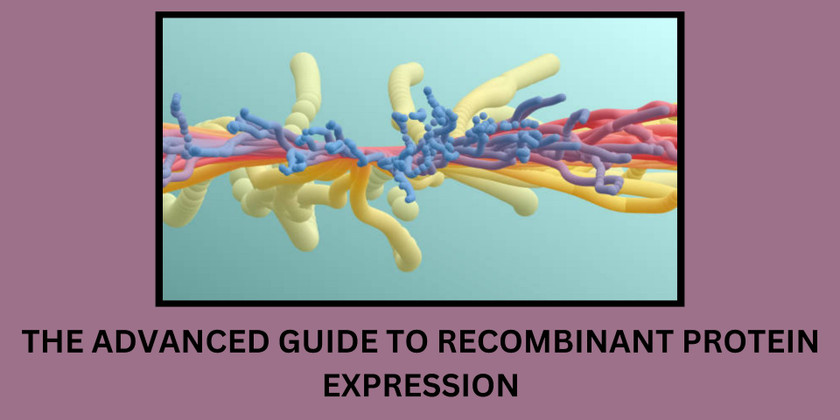The Advanced Guide to Recombinant Protein Expression
May 11th 2023
Proteomics, or the study of proteins, is the powering force behind the biotech industry. Proteins, including enzymes, hormones, antibodies, and structural, transport, and storage proteins, are essential in living organisms.
However, although protein and peptide synthesis occur naturally in organisms, the native proteins isolated from host cell organelles cannot meet the ever-growing demand for proteins in research and industry applications.
Therefore, recombinant proteins are essential to meet this demand because they are cheaper and easier to produce, making them commercially viable.
Below is an advanced guide to commercial recombinant protein expression, focusing on protein expression systems, their pros and cons, and advances and challenges.
How Are Proteins Made in Organisms?
Recombinant protein production steps or protocols borrow from the natural protein production process in an organism. Below is an overview of native protein expression to clarify the recombinant protein production steps to be discussed later in this advanced guide to recombinant protein expression.
Native protein expression occurs in two steps; transcription and translation. Transcription entails DNA self-replication whereby the cell causes DNA to imprint a copy of its genetic code onto a messenger RNA (mRNA). The DNA’s genetic code contains codons (gene sequence units) that function as blueprints or instructions on the protein molecule the cell needs to make.
On the other hand, translation entails transferring the genetic code on the mRNA into an amino acid chain to form proteins. Start and stop codons regulate the translation process, dictating when the mRNA begins and stops encoding amino acid chains.
Transcription and translation occur in the cytoplasm in prokaryotic (single-celled) organisms like bacteria and fungi. In contrast, transcription in eukaryotic (multi-cellular) organisms occurs in the nucleus, while translation occurs in the cytoplasm.
Moreover, post-translational protein modifications like folding occur in the endoplasmic reticulum. A protein’s topology or folding structure is crucial to its functionality.
As stated earlier, epigenetic regulation regulates protein yield by determining the genetic code for protein synthesis. According to one literature review, epigenetic regulation modulates an organism’s growth, development, and adaptation. However, while helpful, the phenomenon limits the volume of native proteins researchers and protein expression service providers can extract from a cell.
However, recombinant protein production or synthesis overcomes epigenetic regulation, among other native protein challenges that interfere with protein yield. Moreover, recombinant protein expression service providers utilize protein expression systems for de novo or custom protein synthesis. Below is an overview of recombinant protein production steps.
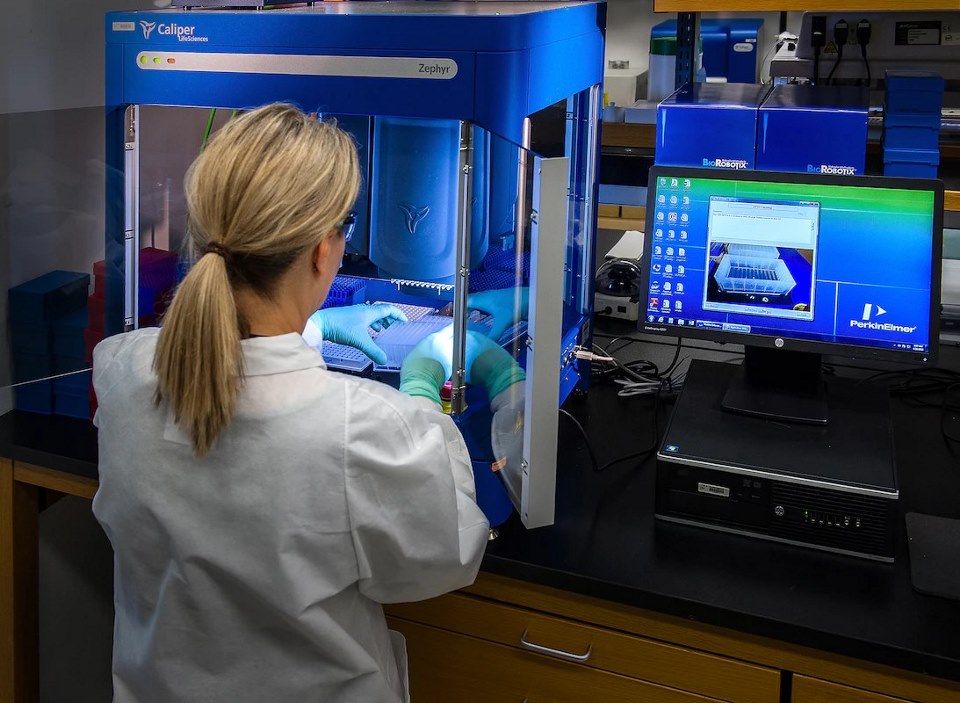
How Are Proteins Made: Recombinant Protein Production Steps
While native protein expression occurs in a live host, recombinant protein expression occurs in expression systems featuring in vitro eukaryotic and prokaryotic hosts. The primary expression systems protein expression service providers use are bacteria (primarily Escherichia coli), fungi, insects, and mammalian.
Each protein expression system has its pros and cons. For starters, recombinant protein expression in bacteria is simple because bacterial expression systems are easy to manipulate. However, such systems are unideal for complex mammalian proteins.
On the other hand, recombinant protein expression in Escherichia coli is ideal for post-translational modifications, especially for custom protein synthesis. However, protein expression in E-coli protocol presents the insoluble aggregates challenge.
Later in this advanced guide, you can delve into recombinant protein expression in Escherichia coli (E-coli). E-coli recombinant protein expression systems are the most popular heterologous expression systems for protein expression, particularly monoclonal (mAb) and polyclonal antibodies (PoAb) production.
Although the heterologous expression systems vary, recombinant protein expression systems are fairly similar. Below is an overview of the basic recombinant protein production steps.
Recombinant Protein Expression Basic Steps
Target Gene Synthesis and Amplification
As stated earlier, the DNA matter in a cell lays the foundation for in vivo and in vitro protein expression. Chemical gene synthesis is easier and faster for protein expression service providers to realize affordable than chemical protein synthesis. Therefore, target gene synthesis is the first step in this guide to recombinant protein expression.
Chemical gene synthesis utilizes phosphoramidite chemistry to generate oligonucleotides; oligonucleotides are the basic DNA unit featuring short single or double-stranded DNA fragments.
The oligonucleotides generated via phosphoramidite chemistry are essential in all protein expression protocols because they help generate complete target genes using polymeric chain reaction (PCR) methods like solid-phase peptide synthesis(SPPS).
Besides PCR methods, the protein synthesis protocols may use ligase chain reactions to generate DNA strands in the 3’ to 5’ direction.
Also, gene synthesis accommodates the modifications necessary for custom protein synthesis, like custom antibody production. Custom protein synthesis entails producing de novo proteins that do not occur naturally by altering the DNA sequence. De novo protein molecules propel proteomics, including facilitating custom antibody production to generate comprehensive custom antibody libraries.
Trustworthy recombinant protein production service providers have in-house antibody catalogs managed by custom antibody service teams that help clients to select ideal antibody sequences for targeted research projects.
Gene synthesis goes hand-in-hand with gene amplification or increasing target gene copies in specific parts of the chromosome.
According to one publication, gene amplification translates to an increase in the translation and production of proteins with the target gene, making custom protein and peptide synthesispossible and commercially viable.
So, gene amplification helps eliminate the epigenetic regulation challenge; protein expression service providers use assays like ELISA kits (immunoassays) for antibody production to confirm target protein yield.
The ELISA principle applied when designing ELISA kits utilizes protein specificity, particularly the antigen-antibody complex, to establish target protein present in a complex mix. Additionally, ELISA kits fall into four categories: direct, indirect, competitive, and sandwich; each kit type has varying specificity, specificity, and detection range, among other enhanced features.
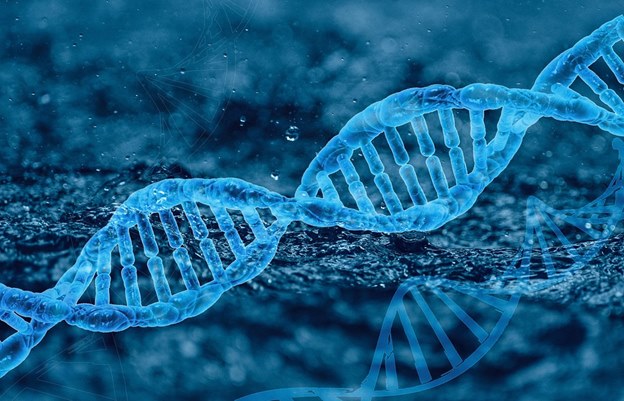
DNA Cloning
DNA cloning is similar to gene amplification because both processes center on replicating genetic matter. However, the two methods have a fundamental distinguishing factor.
On the one hand, gene amplification entails relocating the target gene without altering the non-target gene numbers. In contrast, DNA cloning in protein expression protocols entails replacing the recombinant DNA generated above by placing it inside a plasmid or replication vector.
DNA cloning utilizes restriction enzymes to cleave plasmids at specific locations and insert the recombinant DNA for cloning. The process has a longer turnaround time and is more labor-intensive than gene amplification. However, it is essential to facilitate high throughput or protein yield in protein expression protocols.
DNA Subcloning Into the Destination Vector
Sub-cloning transfers the cloning vector to the expression system or the destination vector. The process utilizes promoters and can include DNA modifications, including adding markers for fluorescent expression.
Choosing the ideal protein expression system or expression vector to suit your target protein’s characteristics is paramount. The next segment of this advanced guide to recombinant protein expression.
Small-scale Testing to Confirm Target Protein Expression
Analytical procedures duringpeptide synthesis and protein expression protocols ensure that the heterologous expression systems yield the highest protein content.
Recombinant protein production companies use assays like ELISA kits, Western blot, staining techniques, and fluorescent assay (direct and indirect custom antibody production tests) to confirm target protein expressions.
Besides yield, the confirmation assay tests can establish the target protein’s size, solubility, and other physical and chemical characteristics indicating ideal protein folding topology.
Protein Isolation and Purification
After protein identification comes protein isolation and purification; despite gene amplification, protein expression systems generate small amounts of random proteins. Moreover, the complex mixture retrieved from recombinant protein expression systems contains cell organelles and tissue debris likely to compromise the final product.
So, target protein isolation is necessary to acquire the target protein and eliminate the unnecessary biological matter.
Recombinant protein expression techniques utilize the target protein’s physical and chemical characteristics to isolate target proteins in the complex mixture.
The protein isolation and purification techniques include size chromatography, ion exchange, affinity chromatography, centrifugation, preferential solubilization, and hydrophobic properties.
Protein isolation and purification strategies are essential based on the target protein’s characteristics. For example, custom antibody production is compatible with immunoaffinity chromatography. Nonetheless, a combination of several isolation and purification methods may apply.
Most recombinant protein and peptide synthesis production companies deliver plasmids based on the client’s preferred purity level (up to 99% pure recombinant proteins). While some research projects may require crude proteins, purified recombinant proteins offer consistency.
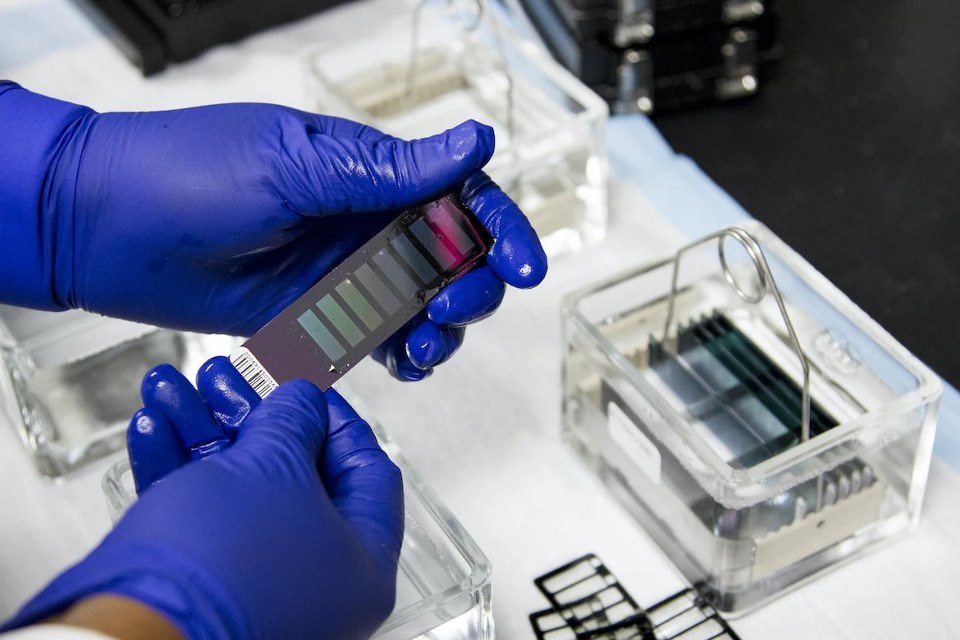
Recombinant Protein Expression Systems
Choosing the ideal heterologous system is crucial to the final protein yield. Below is an overview of how proteins are made via the most prevalent protein and peptide synthesis expression systems, including the advances and challenges attributed to each expression system.
Recombinant Protein Expression in Bacteria: Advances and Challenges
According to one publication on recombinant protein expression in bacteria, Escherichia coli (E-coli) is the pioneer bacterial cell factory for recombinant protein production; it remains the most viable bacterial expression system. Therefore, Recombinant protein expression in bacteria inadvertently translates to recombinant protein expression in Escherichia coli.
Recombinant protein expression in E-coli protocol entails inserting a vector into a cell culture. The cell cultures go into a fermentation chamber like a bioreactor, an incubator shaker, or a conical flask for liquid cultures (primarily for experimental purposes.
Protein expression in E-coli protocol has numerous advantages, including well-characterized genes, compatibility with diverse expression vectors, rapid expression speeds, high recombinant protein yield, economy, and scalability.
However, the heterologous expression system may experience challenges expressing functional eukaryotic genes and proteins.
Advances In Recombinant Protein Expression in Escherichia Coli
Decades of research have led biotechnologists to establish optimization techniques to maximize protein yield via recombinant protein expression in Escherichia coli. Below is a highlight of the optimization strategies for the protein expression in E-coli protocol.
- Host Strain Selection: According to one health report, over 700 identified E-coli serotypes exist, including mutant strains with unique characteristics. Therefore, selecting E-coli strain hosts that favor recombinant protein expression improves protein yield. For example, some E-coli strains can withstand toxic protein expression while others improve soluble protein expression.
- Increasing plasmid copy numbers: One study on optimizing protein expression in E-coli highlights that high-copy-number plasmids (20-40)generate maximum protein yield measured against culture volume.
- Induction: Inducers like IPTG accelerate transcription, causing a higher yield in protein expression.
- RNA stability: RNA modifications via nucleotide sequencing during gene synthesis improve the molecule’s stability. One study established a link between enhanced mRNA stability and high protein yield during protein expression.
- Codon optimization: It increases target protein genes without altering the protein sequence. Like enhanced RNA stability, codon optimization also occurs during gene synthesis.
- Promoter Potency: Stronger translation promoters translate to a higher protein yield.
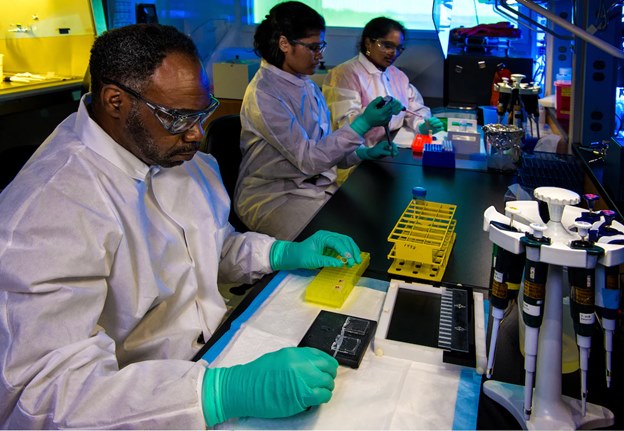
Fermentation Chamber Optimization
As stated earlier, protein expression in E-coli occurs in various fermentation chambers. The optimization strategies focus primarily on the target protein gene up to the DNA subcloning step in the basic recombinant protein protocol.
However, the strategies have a greater maximum protein expression probability if executed alongside the fermentation chamber execution. The fermentation chamber is crucial to the recombinant protein expression in E-coli because it regulates cell density.
E-coli cell hosts require optimum fermentation conditions, including temperature, pH, and nutrients, to cultivate high cell density. According to one literature review, high cell density cultivation improves productivity while lowering culture volume to facilitate easy downstream processing, cell separation, and product recovery.
It also reduces resource wastage, lowering recombinant protein production costs. So, below is an overview of the optimization of an E-coli expression protocol fermentation chamber, regardless of the chamber’s design.
- Cultivating E-coli Cultures at Reduced Temperatures
Cultivating E-coli cultures at reduced temperature settings improves the eukaryotic protein solubility and lower insoluble aggregates formation probability. Due to recombinant protein overexpression, insoluble aggregates or inclusion bodies form at higher expression temperatures.
Second, lower temperatures prevent heat shock protein enzyme occurrence. The heat shock enzymes are the host cell’s stress response to extreme temperatures from overexpression.
Third, lower fermentation chamber temperatures enhance E-coli chaperones' activity. Chaperones enhance protein folding, facilitating correct recombinant protein topology.
- Utilizing Bat-fed Expression Technologies
Batch-fed expression technologies allow biologists to monitor prevailing expression conditions in real-time and adjust them accordingly. Therefore, they can launch mitigation strategies at the earliest signs of cell density and expression disruptions like insoluble aggregates and heat shock proteins.
Conclusion
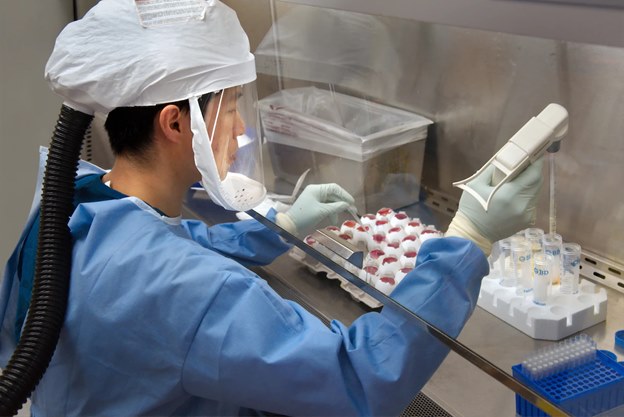
So, how are proteins made? Hopefully, this advanced guide to recombinant protein expression offers insight into every aspect of E-coli protein expression for individuals requiring such knowledge. Moreover, proteomics is constantly evolving, and you can count on our resources and services for the latest protein expression techniques and a 98% success rate.

